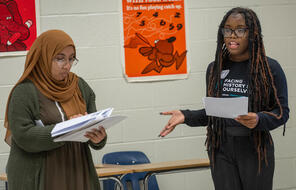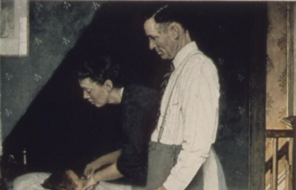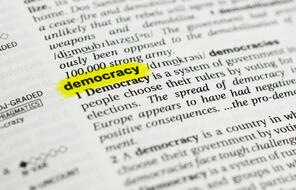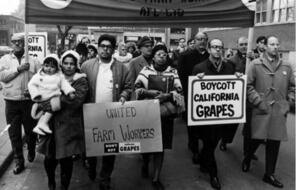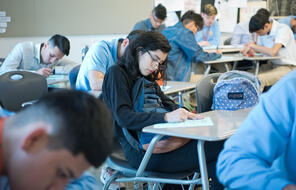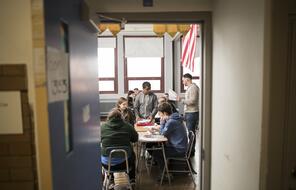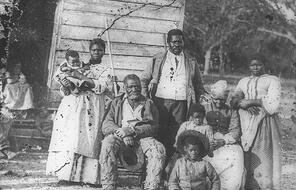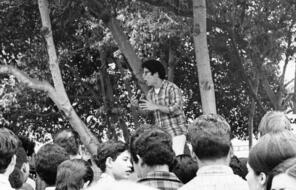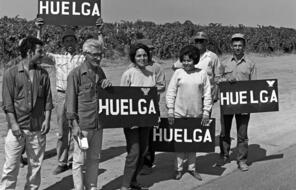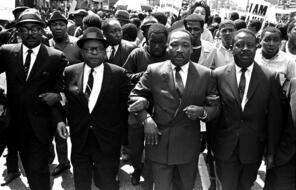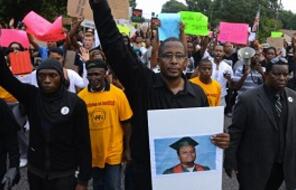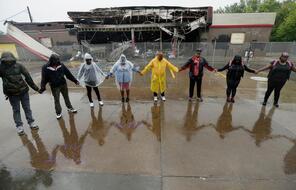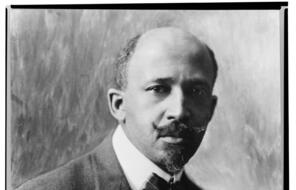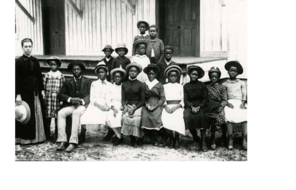
In Pursuit of Democracy and Freedom: A US History Inquiry
Resources
5Duration
Multiple weeksSubject
- History
Grade
6–12Language
English — USPublished
Overview
About This Inquiry
This C3-style inquiry introduces students to the ideals of democracy and freedom through the use of students’ lived experiences as well as examples of those who have used democratic tools to fight for their freedoms.
By the end of the inquiry, students will have a deeper understanding of the complexities of democracy and freedom in US history as well as in their own lives.
This inquiry is part of Facing History's US History Curriculum Collection: Democracy & Freedom. Use the flexible units, C3-style inquiries, and case studies in this collection to explore themes of democracy and freedom throughout your US history course.
Preparing to Teach
A Note to Teachers
Before teaching this lesson, please review the following information to help guide your preparation process.
Activities
Materials and Downloads
Quick Downloads
Download the Files
Download allIn Pursuit of Democracy and Freedom: A US History Inquiry
US History Curriculum Collection: Course Planning Guide
We the People: Expanding the Teaching of the US Founding
Unlimited Access to Learning. More Added Every Month.
Facing History & Ourselves is designed for educators who want to help students explore identity, think critically, grow emotionally, act ethically, and participate in civic life. It’s hard work, so we’ve developed some go-to professional learning opportunities to help you along the way.
Exploring ELA Text Selection with Julia Torres
On-Demand

Working for Justice, Equity and Civic Agency in Our Schools: A Conversation with Clint Smith
On-Demand

Centering Student Voices to Build Community and Agency
On-Demand


